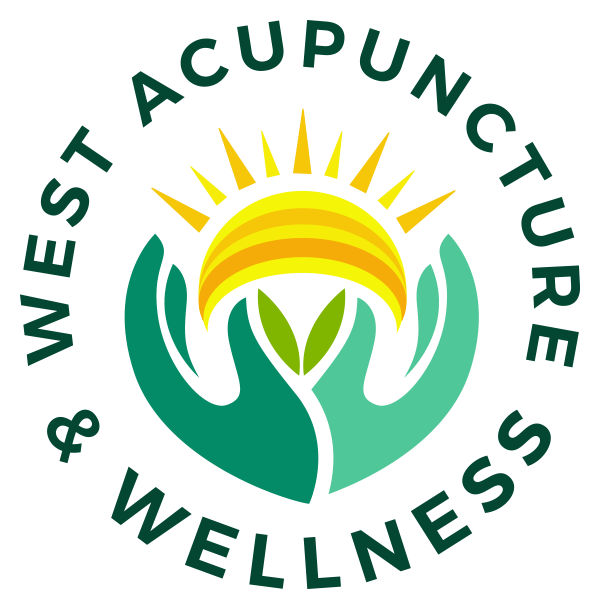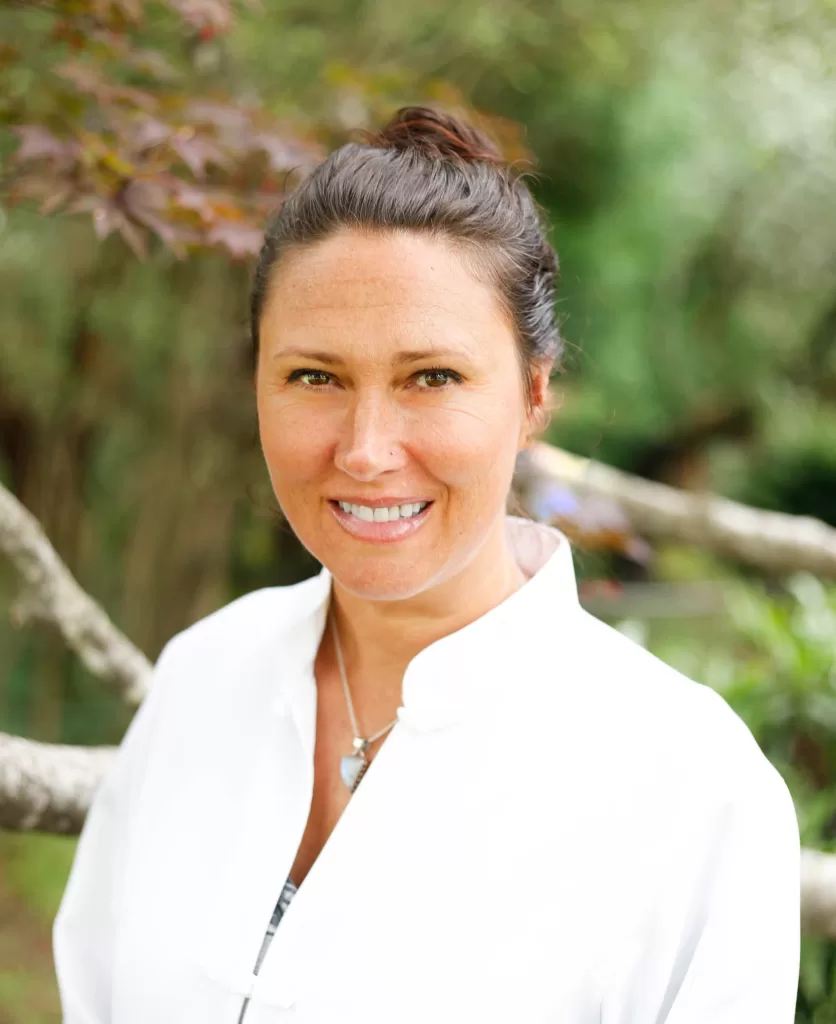According to the ancient “keepers of the knowledge” from the Taoist tradition, the evolutionary roots of Chinese Wholistic Medicine came into being at least eight thousand years ago. The Branches are (1) Meditation/Self Cultivation; (2) Exercise(Tai Qi & Qi Gong); (3) Food Therapy/ Nutrition; (4) Bodywork(Tui Na Massage )(5) Cosmology/Astrology(Rhythms in nature/time); (6) Feng Shui: Environmental Energetics of living/work space; (7) Herbology; (8) Acupuncture.
The beginning branches are considered to be the most subtle and therefore the most powerful because they are practiced on a personal level. Due to their less subtle nature, the latter branches miss some of the unlimited potential and power because they are done to someone or for someone. Originally, a would-be doctor received training in the first and second branches before going on to study acupuncture and herbal medicine. This training was developed in order to instill the arts of personal chi cultivation and self healing in the practitioner before he began to treat others. . These 8 Branches were set as a guideline to help the person understand their own responsibility in self-care and maintenance. The 8 Branches are a perfect example of ‘holistic healthcare’ approach and are reflective of a time when you paid your healthcare practitioner while you were well…not ill–what a different medicine model!
1. Meditation: ‘Know thyself’ is the first step in creating health. Meditation is an essential tool for learning about self, creating a peaceful mind, reducing stress, building qi among many other benefits. The focus of meditation is not so much to ‘stop the mind’s constant chatter’, but rather to learn how to not be burdened by it. Your practitioner may recommend you participate in mediation or other self-cultivating activities, like talk therapy, EFT(Tapping), or hypnotherapy.
2. Exercise (T’ai Qi and Qigong): T’ai Chi and Qigong benefit our bodies and minds in many ways, by strengthening muscles, creating balance, building the bones to deepening the breathe and circulating qi and blood. Exercise recommendations are specific to the persons needs. This could also be running, walking, yoga, cycling…..
3. Nutrition: Proper food and nutrition is paramount to our health and in the treatment of any illness. Nothing is more fundamental in our health than the food we ingest. By understanding each individual’s constitution, energetic tendencies and coupling that with the knowledge of the energetic of foods and whole food wisdom, your practitioner can hone your diet to your needs. As Hypocrates suggested, “Let thy food be thy medicine.”
4. Cosmology/ Astrology: Traditional Chinese medicine is founded in the principles of Taoist philosophy. This concept focuses on the observation of natural rhythms and cycles that are apparent in nature and mimicked in the body as qi flows and life stages. By understanding these cycles your practitioner can help treat patterns that may arise at a certain time or day, or season, or to help you harmonize with the changing cycles and season.
5. Feng Shui(Home/Work Energetics): ‘Know where you are’. Where you are can have as big impact on your health or your ability to treat a disharmony. By understanding the interactions of nature, climate, season, location, work space and home environment in relationship to the person’s own energetic we can help clients harmonize their lives .
6. Amma(Tui Na) Therapy/Bodywork: A classical Asian bodywork style that predates acupuncture, “Amma” is the oldest Chinese word to describe massage. Amma is a specialized form of bodywork therapy that combines deep, therapeutic, circular digital pressure and acupressure point stimulation with Chinese medical principles for accessing and treating imbalances in the energy system.
7. Herbology: The use of natural plants, minerals and animals combined to assist the body in its striving to achieve a state of balance or homeostasis. Each herb is understood for its energetic nature, the organ it enter and the post-metabolic results it creates in the body. Formulations are carefully considered for the interactions the herbs and for the client’s pattern.
8. Acupuncture: The use of very fine, sterile, disposable needles, inserted at specific points along defined acupuncture meridians, to regulate and balance the flow of Qi, relieve pain and assist healing in the body. Adjunctive therapies include, moxibustion, gua sha, cupping and plum blossom needling.
I began my healing journey and self cultivation when I was 20 years old. As often happens, life threw me some curve balls. Your family of origin, your childhood, traumas, births, deaths, moves….all of these things affect your life and the choices you make. It is very valuable to know how these things effected and still effect you and heal them. I have used so many natural modalities over the years to work through my own journey with healing. I continue to do the modalities that have helped me the most and I strive to share what really works with my patients. All of these branches are an important part of both staying healthy and healing illness. Healing is a lifelong journey to embrace.

Together we can work to get your mind, body and soul shining again!!



